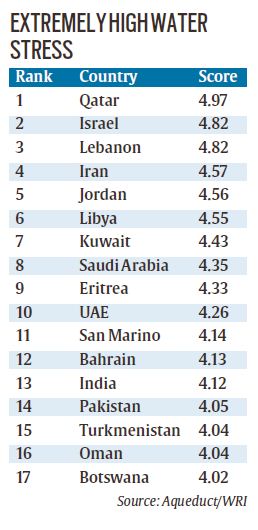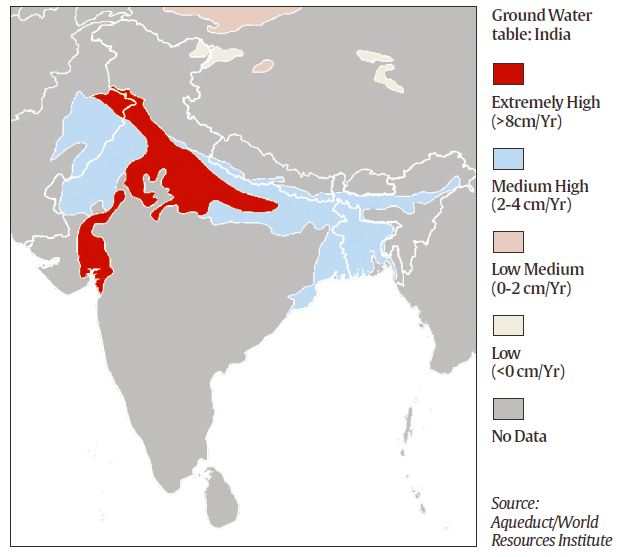Article 371
- Article 371 of the Constitution, contains “special provisions” for 11 states, including 6 states of the Northeast.
- Articles 370 and 371 were part of the Constitution at the time of its commencement on January 26, 1950.
- Articles 371A through 371J were incorporated subsequently.
- Article 371, Maharashtra and Gujarat –
- Governor has “special responsibility” to establish “separate development boards” for,
- Vidarbha, Marathwada, and the rest of Maharashtra, and
- Saurashtra and Kutch in Gujarat.
- It ensure equitable allocation of funds for developmental expenditure in those areas and
- Equitable arrangement providing adequate facilities for technical education, vocational training and for employment.
Article 371A (13th Amendment Act, 1962), Nagaland
- This provision was inserted after a 16-point agreement between the Centre and the Naga People’s Convention in 1960
- It led to the creation of Nagaland in 1963.
- Parliament cannot legislate in matters of,
- Naga religion or social practices,
- Naga customary law and procedure,
- administration of civil and criminal justice involving decisions according to Naga customary law, and
- ownership and transfer of land without concurrence of the state Assembly.
Article 371B (22nd Amendment Act, 1969), Assam
- The President may provide for the constitution and functions of a committee of the Assembly.
- It consists of members elected from the state’s tribal areas.
Article 371C (27th Amendment Act, 1971), Manipur
- The President may provide for the constitution of a committee of elected members from the Hill areas in the Assembly and
- It entrust “special responsibility” to the Governor to ensure its proper functioning.
Article 371D (32nd Amendment Act, 1973); substituted by The Andhra Pradesh Reorganisation Act, 2014), Andhra Pradesh and Telangana
- President must ensure “equitable opportunities and facilities” in “public employment and education to people from different parts of the state”.
- President may require the state government to organise “any classes of posts in a civil service, or any classes of civil posts under, the State into different local cadres for different parts of the State”.
Article 371E
- Allows for the establishment of a university in Andhra Pradesh by a law of Parliament.
- But this is not a “special provision” in the sense of the others in this part.
Article 371F (36th Amendment Act, 1975), Sikkim
- The members of the Legislative Assembly of Sikkim shall elect the representative of Sikkim in the House of the People.
- To protect the rights and interests of various sections of the population of Sikkim, Parliament may provide for the number of seats in the Assembly,
- These seats may be filled only by candidates from those sections.
Article 371G (53rd Amendment Act, 1986), Mizoram
- Parliament cannot make laws unless the Assembly decides on,
-
- religious or social practices of the Mizos,
- Mizo customary law and procedure,
- administration of civil and criminal justice involving decisions according to Mizo customary law,
- ownership and transfer of land.
Article 371H (55th Amendment Act, 1986), Arunachal Pradesh
- The Governor has a special responsibility with regard to law and order, and
- The Governor shall, after consulting the Council of Ministers, exercise his individual judgment as to the action to be taken.
Article 371J (98th Amendment Act, 2012), Karnataka
- There is a provision for a separate development board for the Hyderabad-Karnataka region.
- There shall be “equitable allocation of funds for developmental expenditure over the said region”, and
- Equitable opportunities and facilities for people of this region in government jobs and education.
- A proportion of seats in educational institutions and state government jobs in Hyderabad-Karnataka can be reserved for individuals from that region.
Article 371-I deals with Goa, but it does not include any provision that can be deemed ‘special’.
Water Stress
- A new data about ‘water stress’ was released by the World Resources Institute (WRI).
- One-quarter of the world’s population faces “extremely high” levels of baseline water stress.
- India is 13th among 17 countries which faces huge water stress.

- India has more than three times the population of the other 16 extremely highly stressed countries.
- It implies that more than three-quarters of these populations facing extremely high water stress live in India.
- The report noted that last year, NITI Aayog declared that the country is “suffering from the worst water crisis in its history.
- India’s groundwater resources are severely overdrawn, largely to provide water for irrigation.
- Groundwater tables in some northern aquifers declined at a rate of more than 8 cm per year between 1990 and 2014.

- Steps taken by India to mitigate water stress including,
- Setting up the Jal Shakti Ministry.
- Other solutions which the WRI suggested, includes more efficient irrigation,
- conserving and restoring lakes, floodplains,
- groundwater recharge areas; and
- collecting and storing rainwater.
- Globally, water withdrawals have more than doubled since the 1960s due to growing demand.
- 17 countries faces withdrawals of 80% or more from available supply, 12 of them are in the Middle East and North Africa.
- Another 44 countries (home to one-third of the world) face “high” levels of stress, where on average more than 40% of available supply is withdrawn every year.
- The World Bank found that this region has the greatest expected economic losses from climate-related water scarcity,
- The economic losses is estimated at 6%-14% of GDP by 2050.
- Even in countries with low overall water stress, communities may still be experiencing extremely stressed conditions.
- For example, South Africa and the United States, which rank 48 and 71 on the list, respectively, yet the Western Cape (SA) and New Mexico (US) experience extremely high stress levels.
World Resources Institute (WRI)
- It is a global research non-profit organization whcih focuses on 7 areas: food, forests, water, energy, cities, climate and ocean.
- Its mission is to move human society to live in ways that protect Earth’s environment.
- It partners with local and national governments, private companies, publicly held corporations, and other non-profits organistations.
Source: PIB, The Indian Express

